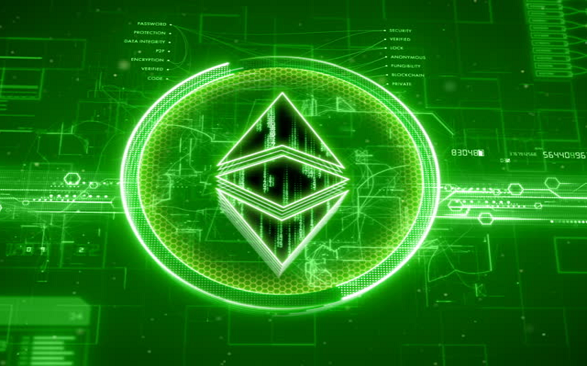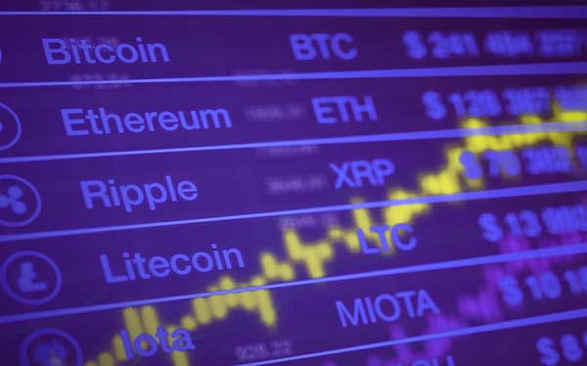Decentralized finance (DeFi) activity on the Ethereum network has continued to surge in 2024 despite the recent Bitcoin ecosystem boom, fueled by the introduction of BRC-20 tokens, ordinals and inscriptions. This positive development resulted in Ethereum netting a huge revenue in the first quarter (Q1) of 2024, with analysts expecting the blockchain network to reach $1 billion in annualized income in 2024 — if Q1 revenue momentum persists.
Ethereum Q1 earnings breakdown
From an April 17 review from The DeFi Report analyst Michael Nadeau, Ethereum’s 2024 Q1 revenue was “primarily driven by a surge in DeFi activity during the quarter.” This resulted in massive fee revenue for the blockchain network.
Up 155% year-over-year (YoY) and 80% over 2024 Q4, Ethereum’s fee earnings amounted to an estimated $1.17 billion. However, the onchain profit and loss data further showed that the cost of revenue (supply side) totaled $141.5 million while total incentives given to users reached $665 million, equivalent to 220,000 ETH.
Considering the supply side cost of revenue and total incentives for users, the largest smart contracts platform netted an impressive revenue of $365 million in 2024 Q1.
While this marked a 155% revenue growth for the blockchain network on a YoY quarterly income basis, Ethereum’s 2024 Q1 revenue translated to an estimated 200% increase from its 2023 Q4 profits. The network’s revenue in the fourth quarter of 2023 was some $123 million, as per the report.
Read also: What is Ethereum?
Proof of stake transition drives Ethereum’s profitability
Despite the massive fee revenue accrued every year, Ethereum had its first profitable year in 2023 after it transitioned to proof of stake consensus in September 2022. Per the report, the network’s overall earnings in 2023 reached $623.15 million, marking its first-time profits since it went live in 2015. However, its fee revenue that year was 75% lower than its peak revenue of $9.9 billion in 2021.
Notably, Ethereum has recorded a cumulative blockspace loss of about $22,434 since its launch. The network’s biggest blockspace loss of $9,620 was recorded in 2021. In 2022 and 2018, it amounted to $5,250 and $3,615, respectively. Data shows that a chunk of Ethereum’s fee revenues went to ETH miners during the proof of work consensus regime on the blockchain network, hence the losses for those years.
Following Ethereum’s PoS transition in 2022, token incentives have dropped drastically. “This is largely due to the move to proof-of-stake consensus in September of ‘22 — in which token incentives paid to miners (now validators) dropped roughly 80%,” Nadeau wrote, adding that Ethereum’s fees have grown at a rate of 58% since 2017.
Read also: Ethereum Dencun Upgrade Set to Launch March 13, as ETH Price Pushes Above $3,400
Burned ETH and daily transactions rise
Comprising token staking, lending, borrowing, cross-chain bridging, trading and liquidity provision amongst others, DeFi activity increased substantially on Ethereum in 2024 Q1. This culminated in a massive growth in transactions on the leading blockchain network, with average daily transactions in 2024 already exceeding that of 2023 and closing in on 2021 aggregate.
As of March 2024, average daily transactions on Ethereum surpassed 1.16 million, marking an increase of over 5% and 10% from the average daily transactions in 2022 and 2023, respectively. The total transactions executed on Ethereum in 2022 and 2023 totaled 1.05 million and 1.16 million, respectively. While 1.24 million transactions were recorded in 2021, it is expected that the 2024 average daily transactions on the network will surpass this level to reach a new high.
On the other hand, the average Ether (ETH) burned per day rose significantly in 2024 Q1, surpassing the total amount of ETH tokens burned in the 2023 calendar year. While the average ETH burned per day in 2023 was a little above 3,000, an average of 3,665 ETH were burned/day between January 2024 and March 2024 alone, as per the report. Accordingly, the network’s average daily issuance in 2024 Q1 was 2,498 ETH. “This was offset by an average of 3,665 ETH burned per day resulting in deflation of -0.09% for the quarter (annualized to -0.38%),” Nadeau wrote.
Amid the increasing DeFi activity and daily burn of ETH, developer activity on Ethereum was down significantly in 2024 Q1. Executed in March 2024, the dencun upgrade accounted for the only developer activity on the blockchain network in Q1. However, developer activity has been rising on the Base network, with the Coinbase layer 2 blockchain beginning to emerge as the strongest L2 in the Ethereum ecosystem.
Read also: Between investing in bitcoin and Ether
Discover more from Crypto Asset Buyer
Subscribe to get the latest posts sent to your email.




